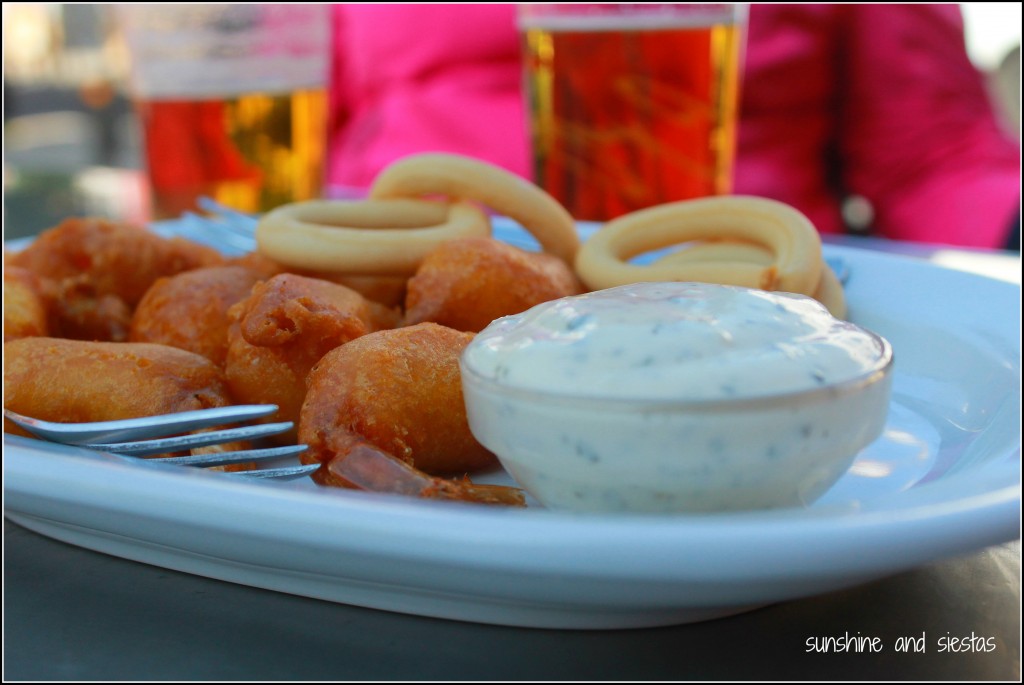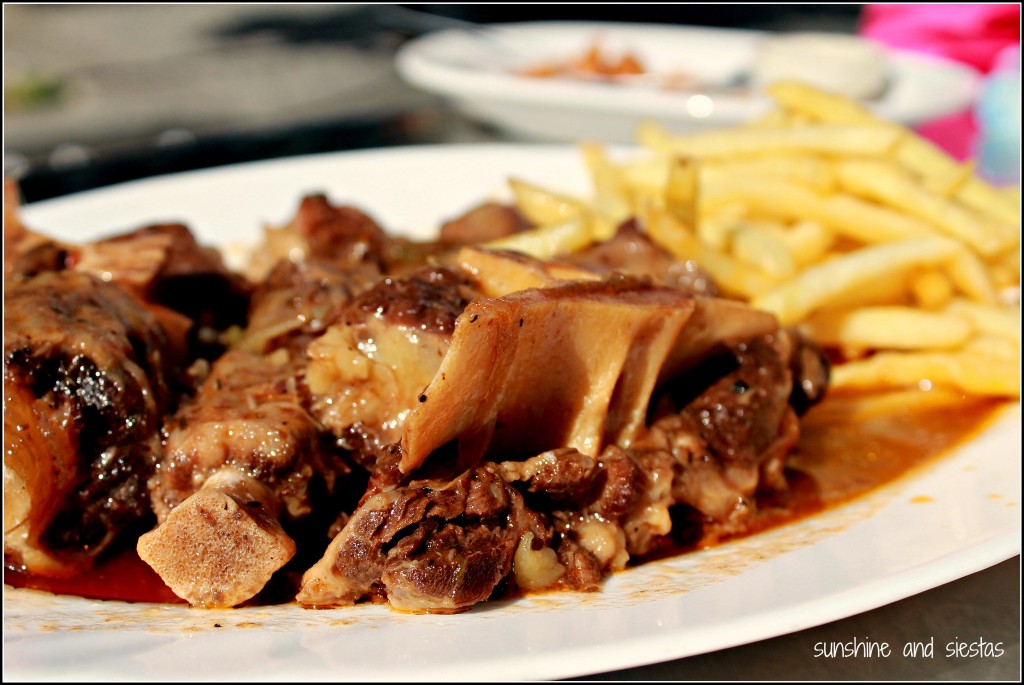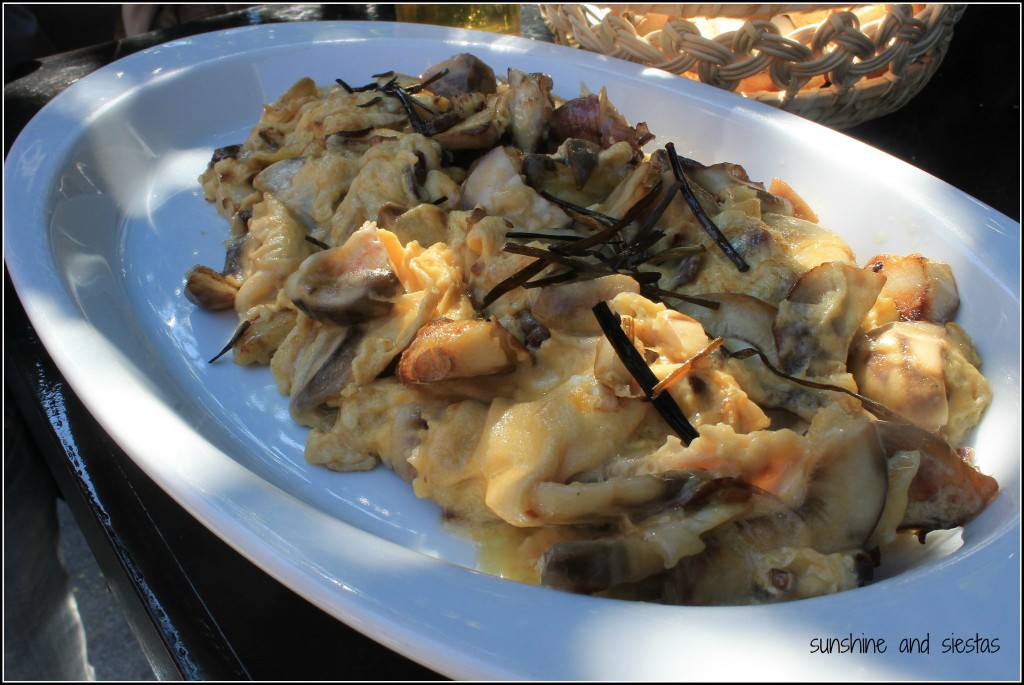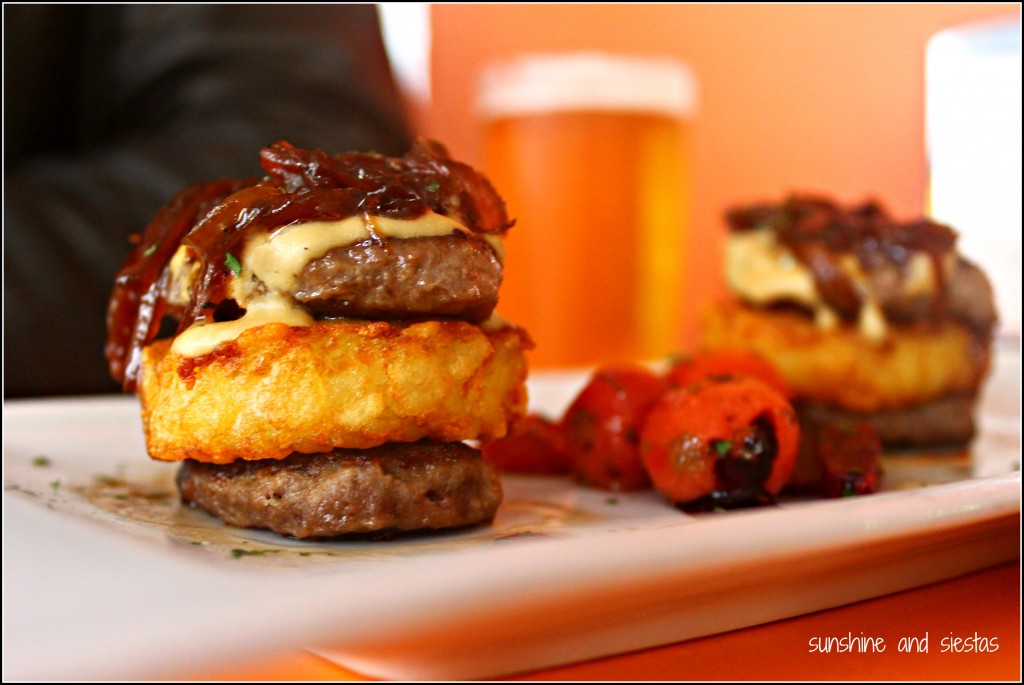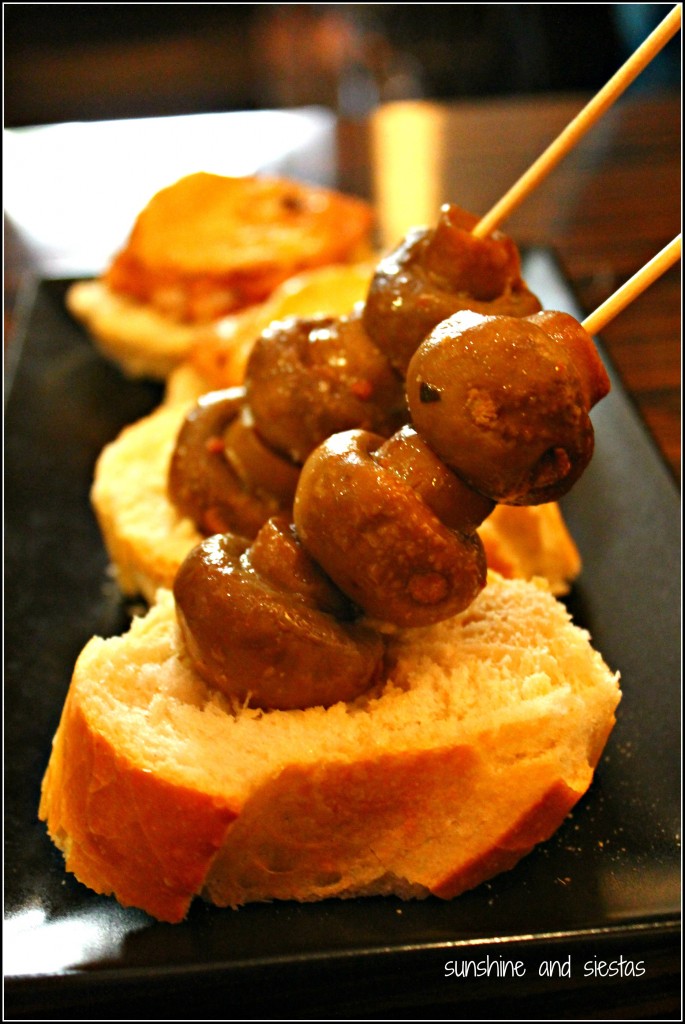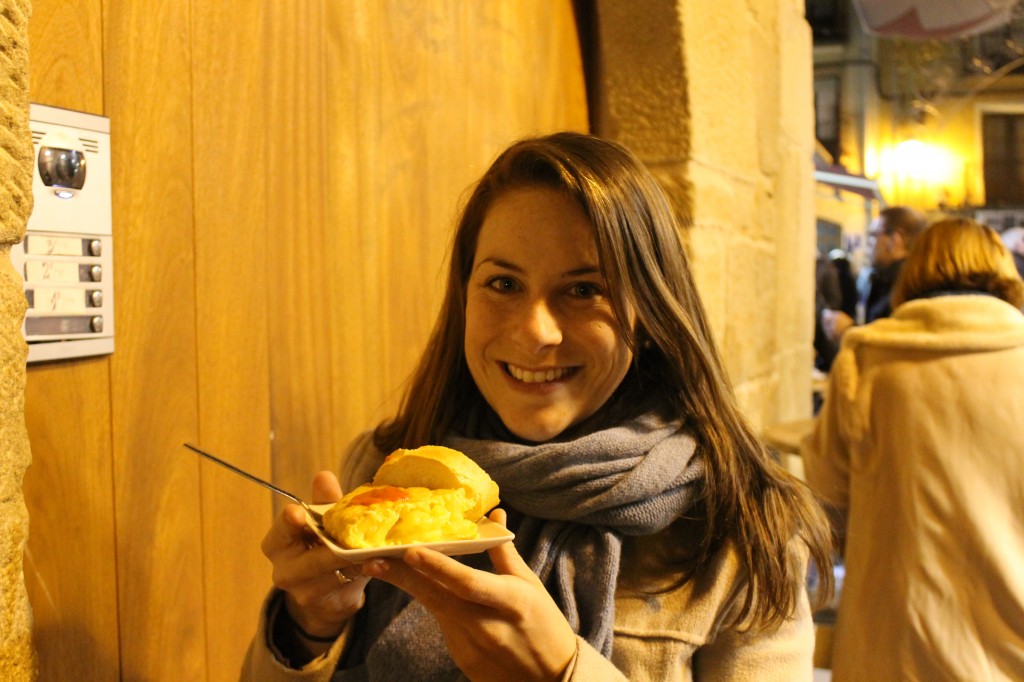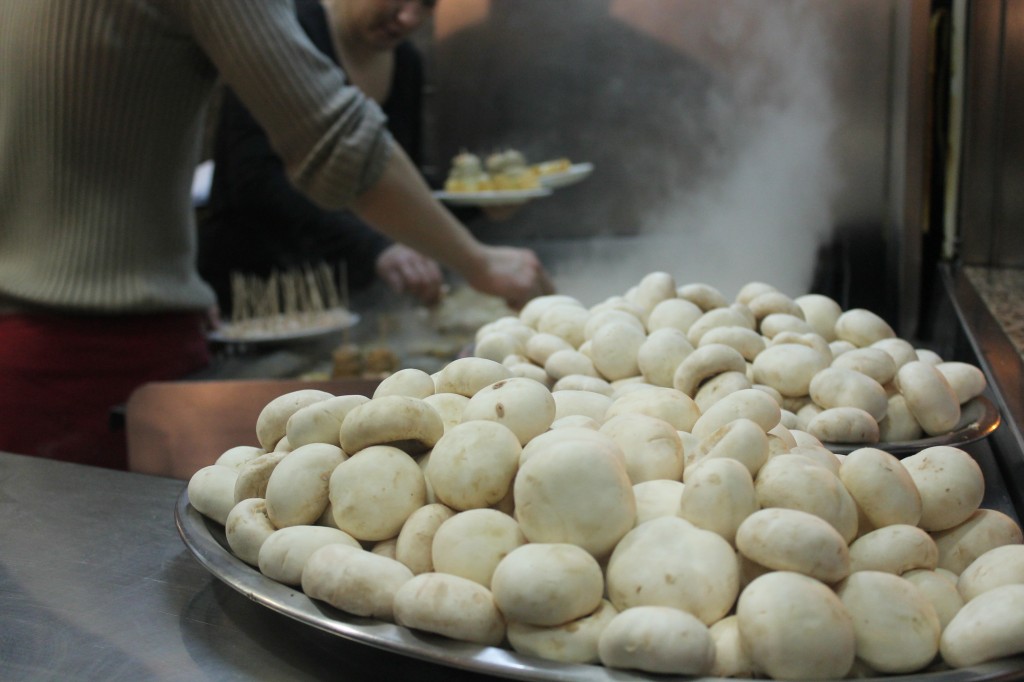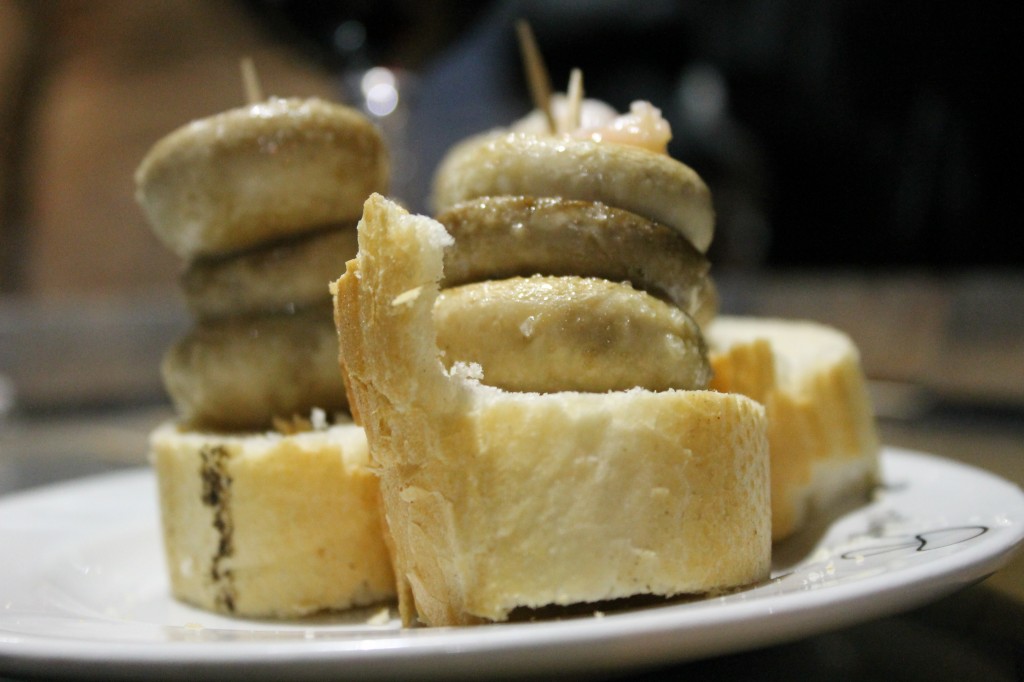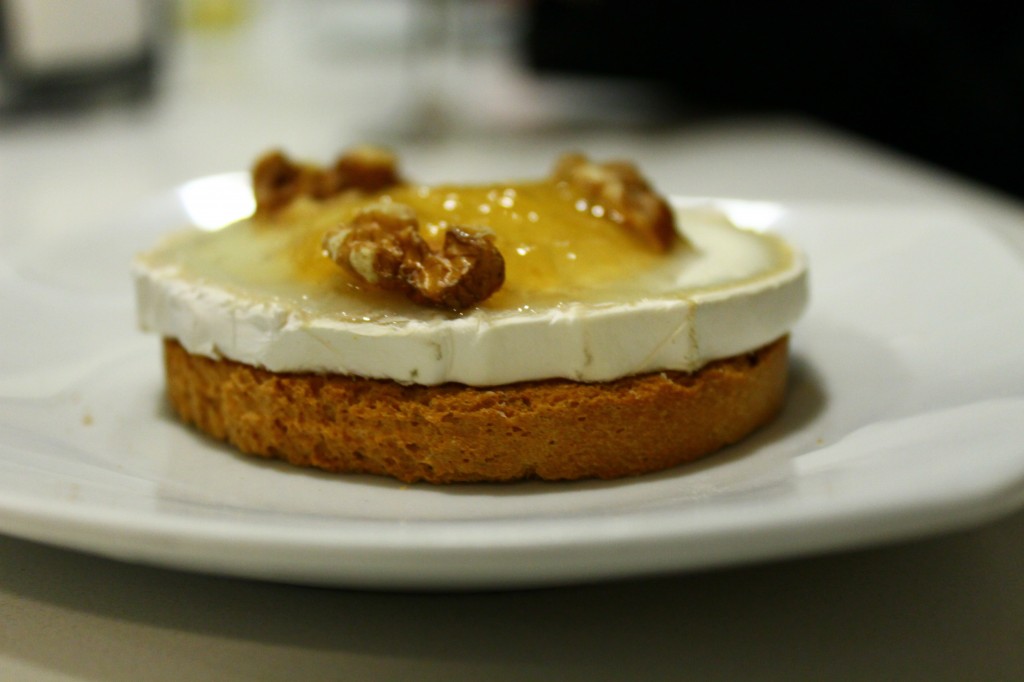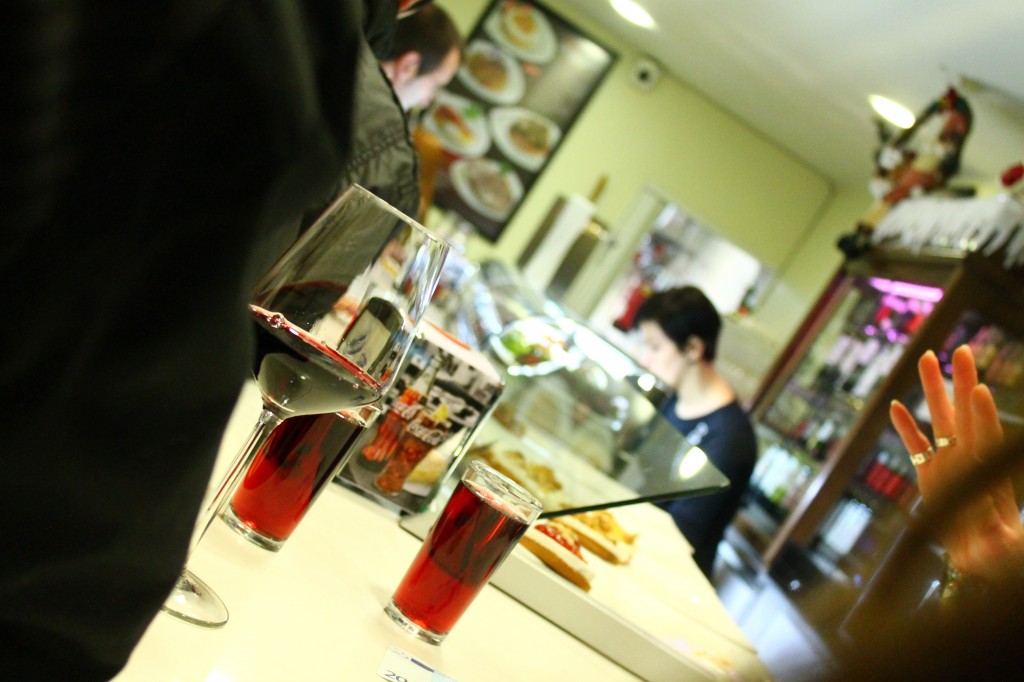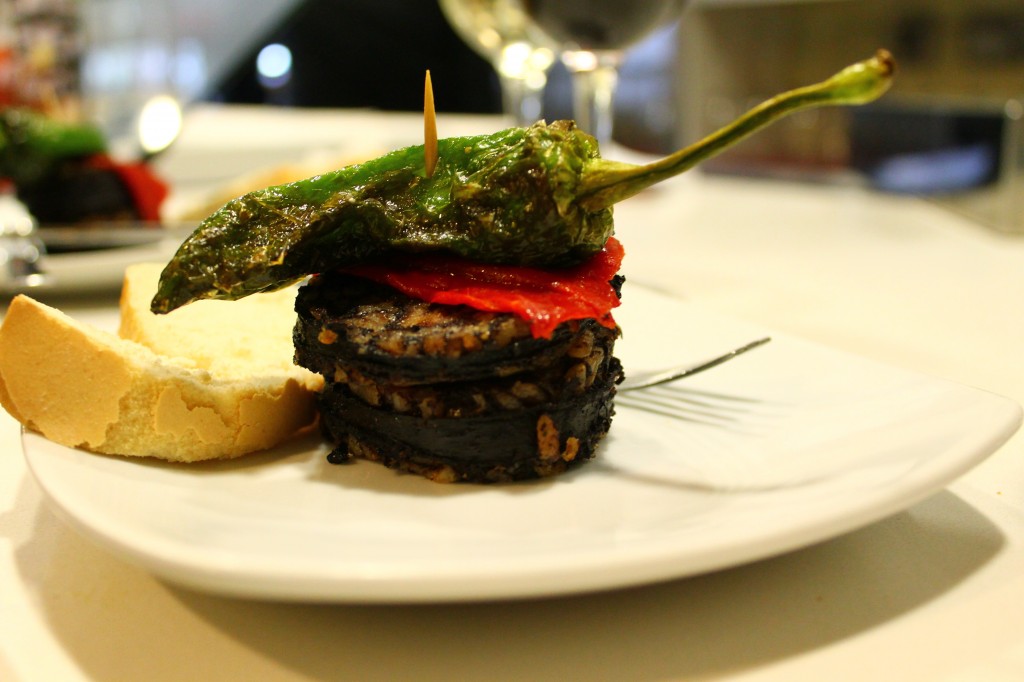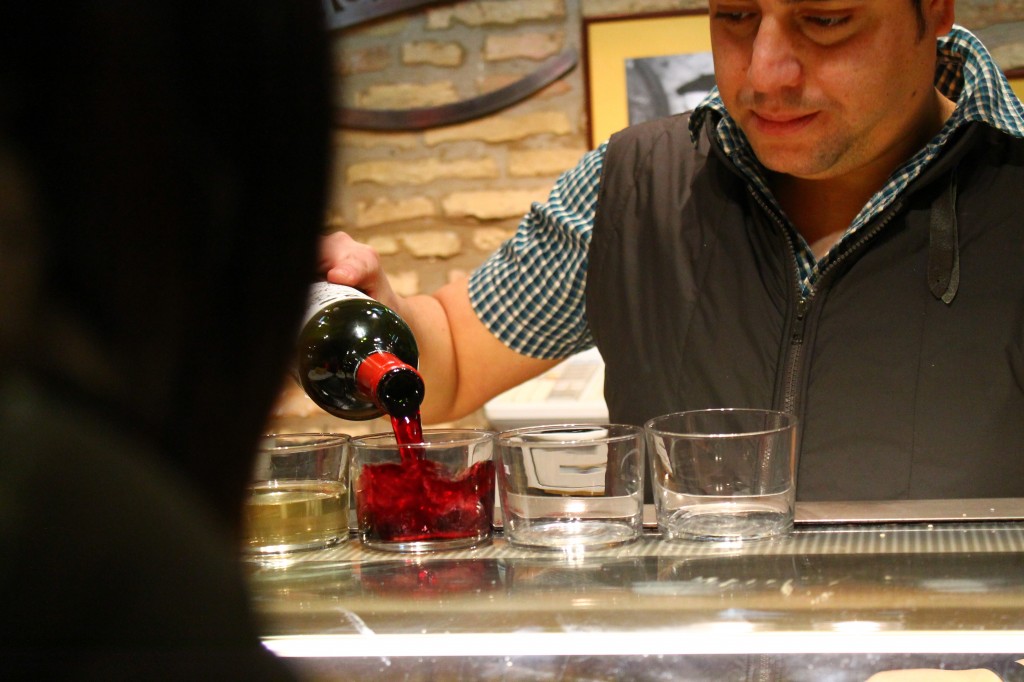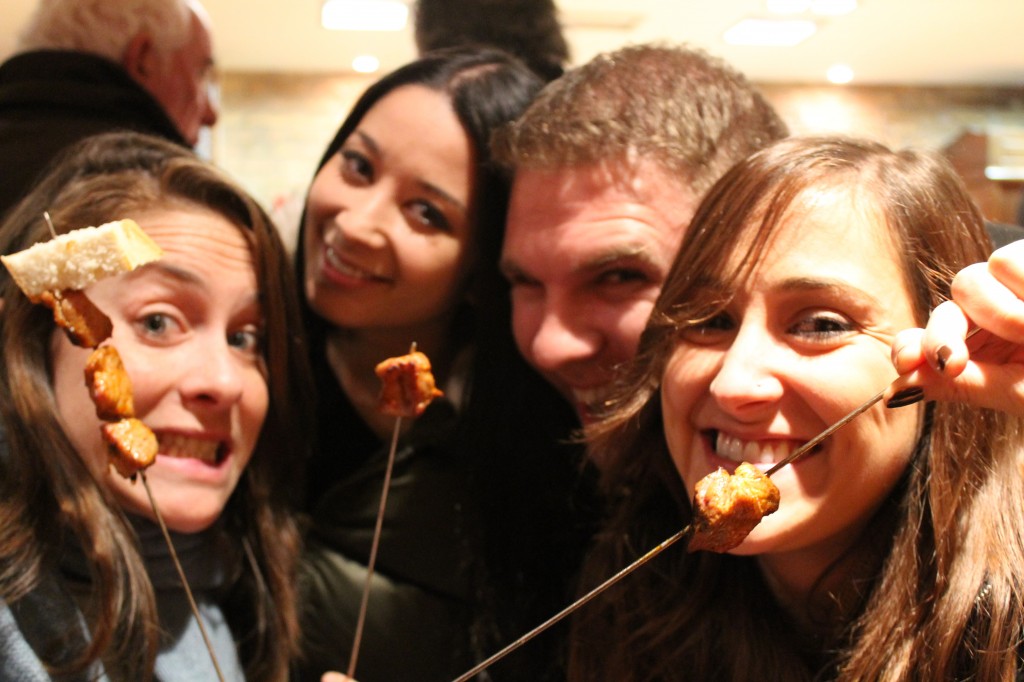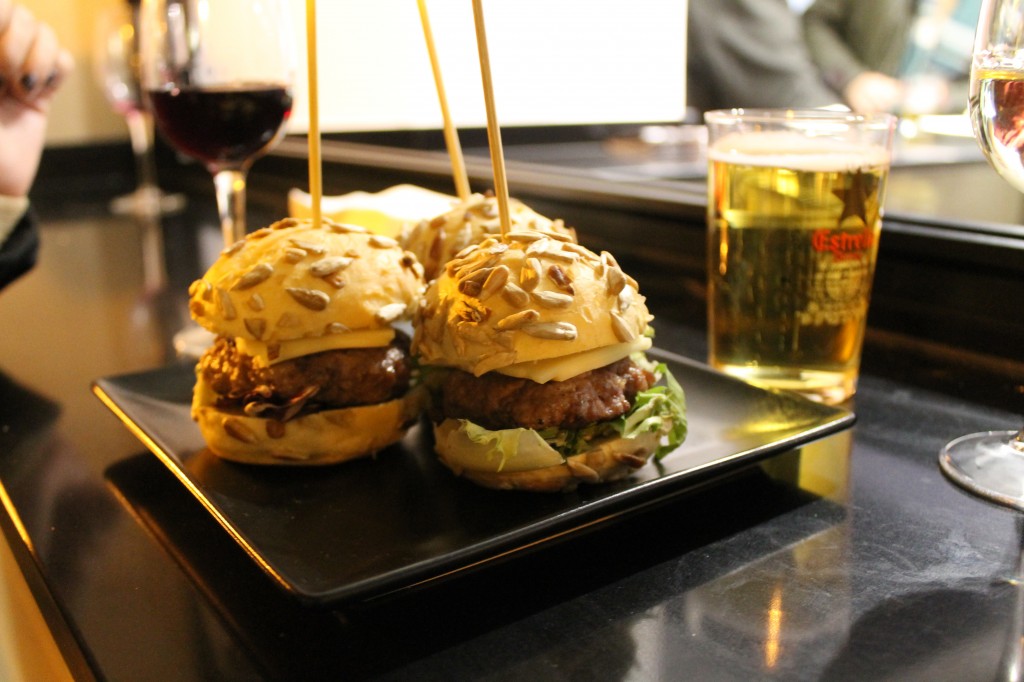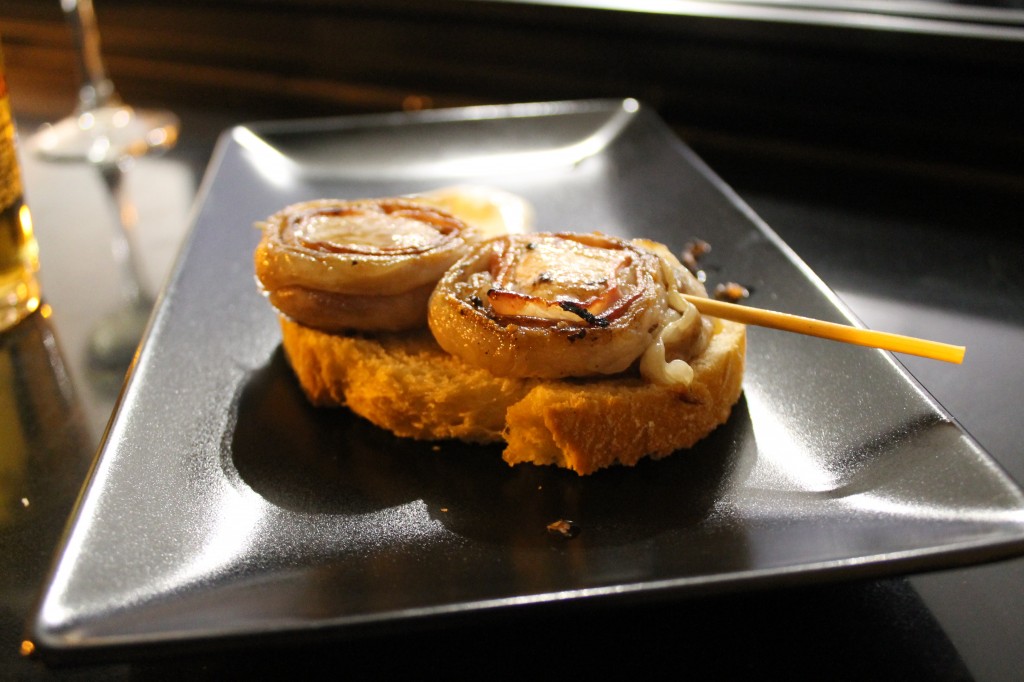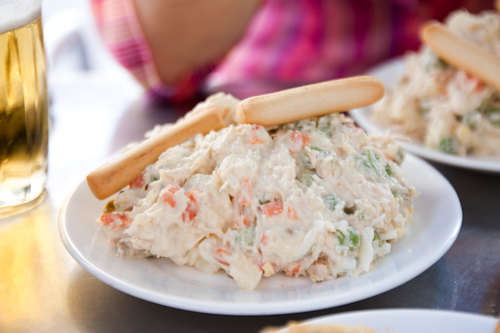Let me just say this: I do not live in Seville’s city center, under the shadow of the Giralda. I live in a working class neighborhood where I’m just known on the plazuela as “esa chica guiri,” where rent is cheap, transportation options are a bit scant and no one really knows what barrio I live in.
When I mentioned to Ryan and Angela, the duo behind Jets Like Taxis and Freshism, that I wanted to do a tapas crawl through my neighborhood, they jumped at the chance. Many of my friends have never been to my house because it’s simply too far, but these two adventurous eaters braved the 32 labeled POLIGONO SUR and joined me for lunch on a perfect Sunday.
The neighborhood adjacent to mine, Cerro de Aguila, is known as being typically sevillano. Low, squat duplexes line the streets shaded by orange trees, and the place abounds with the old man bars that I so love and small, family-run businesses. I did a quick google search and found one of the top-rated places was Bar Zapico, on Calle Pablo Armero, just two streets off of the thoroughfare. Its famous dish is its battered and fried shrimp, gambas rebozadas.
Our original plan was to have just one tapa and one beer in each bar, slugging along Calle Afan de Ribera until we couldn’t eat or drink anymore. Turns out, the bar packed full of old men, lined with azulejo tiles and where your bar bill is still tabbed in chalk right in front of you kept us there for more than just the food. In two minutes, enough time for us to toast our beers and have a sip, a shrill CAAAAATTTIIIIIIIIIII rang through the swinging doors and we had nine shrimp served up with alioli sauce. And this was simply a tapa! I read that Americans consume an average of two pounds of shrimp a year, which I could do in a month. These little gambitas were the best I’ve had.
We couldn’t just leave after a perfect introduction to my barrio’s culinary pride! Ryan and Ang are adventurous eaters, so nothing on the menu was off-limits. We chose stewed bull tail, cola de toro, which came right off the bone and was full of fat. There were hints of spice and we soaked up the broth with french fries and bread – my lunch guests are now full-fledged sevillanos. After chowing down, the bill came to just 13€ with drinks, and we had satisfied our food fix.
So much for a tapas crawl.
five beers 5,00€ // one tapa of gambas rebozadas 2,00€ // one media of cola de toro 6,00€ // total 13,00€
Bar Zapico is open daily, save Tuesdays, on the corner of Tomas Perez and Alvaro Benavides. Do you like old man bars, or do you prefer gastro bars?
